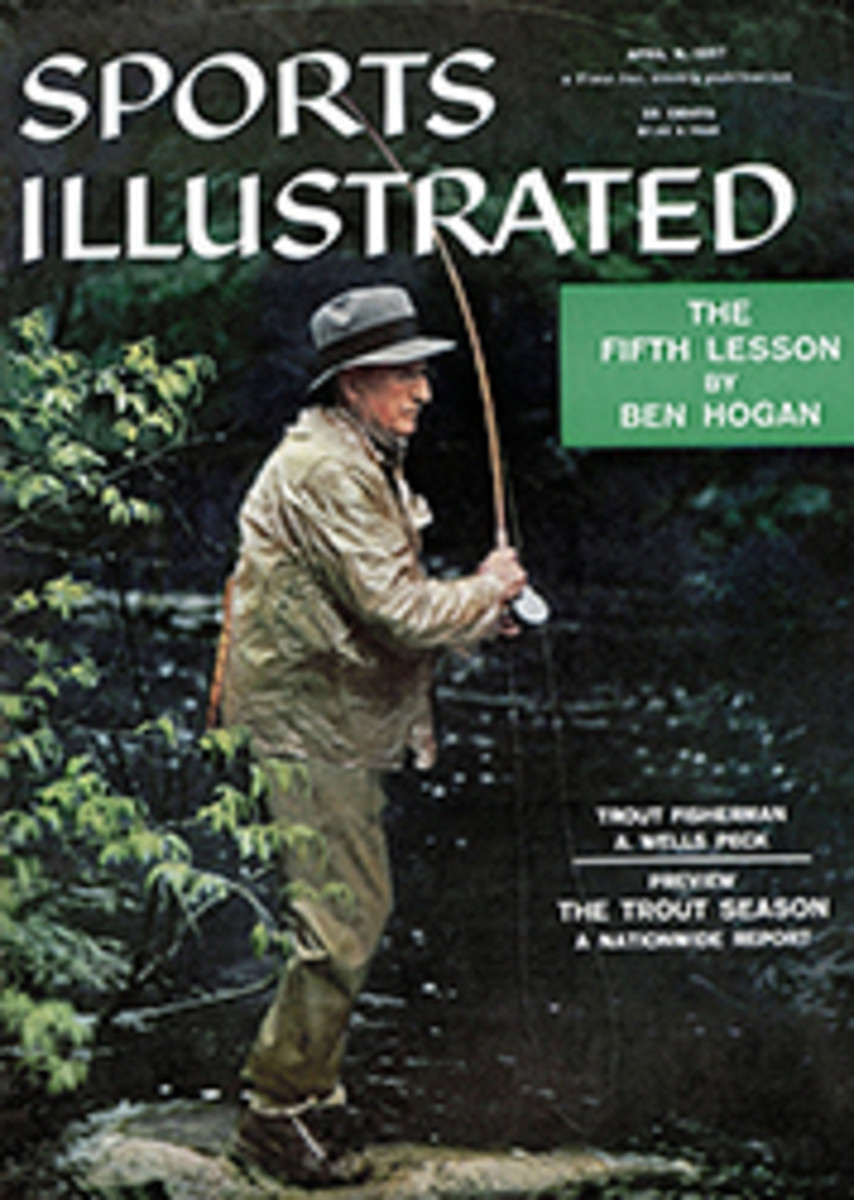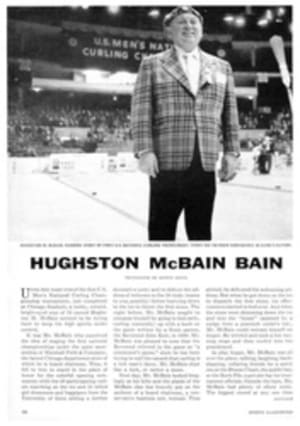
ACROSS A FREE LAND
In Budapest one day last fall a group of men and women clad in track suits, exhibition uniforms and miscellaneous civilian clothes clambered onto two black buses. The noise of gunfire was heard in sporadic bursts in the street. A few cheers came from families and friends who waved them farewell.... The other day another bus—a blue and white Greyhound Scenicruiser this time—pulled to a stop in San Francisco, and members of the Hungarian Olympic team stepped down. They looked out over the hills toward the city, the bay, the towers of the Golden Gate Bridge. One of them said quietly, "Fantastic." An American said: "You like San Francisco?" The Hungarian said, "Yes—but I mean everything."
For the athletes as a group the traveling was over, the transition done. Ahead were jobs, scholarships and new lives in a now familiar land. Between the bus in Budapest and that in San Francisco lay almost 20,000 miles of air travel, their Olympic performances, the major decision in their lives and a Freedom Tour that had taken them the length and breadth of America.
They had gone to Melbourne to represent Free Hungary in the Olympics. There they found no such thing existed. On their Olympic emblems they placed black mourning ribbon. In the name of the idea of Free Hungary they competed, won gold medals in fencing, gymnastics and water polo. Then many of them made the hard decision for freedom. SPORTS ILLUSTRATED promised to help, guaranteed to them and to the United States Government that the magazine would underwrite a Freedom Tour. Immigration and State Department cleared up entrance requirements, Pan American sent a plane and on Christmas Eve a party of 38 athletes arrived in the U.S.
A TALE OF 59 CITIES
Today they have seen more of America than most Americans ever will. The Freedom Tour, organized with the cooperation of the AAU and the Amateur Fencers League of America, sent two separate teams (the water group and the fencers and gymnasts) on travels of more than 4,000 miles each. The teams made 59 stops in different cities and towns and staged 95 performances.
They had spent Christmas in the West, New Year's in New York. They had touched the Liberty Bell in Philadelphia, visited the Capitol in Washington and scrambled playfully along the upper rim of the Grand Canyon. They had rested at quiet school and college towns like Andover and Middlebury. They had lived at the great universities of Michigan and Ohio State and Notre Dame. They had watched Cadillacs being built in Detroit, broncos being busted in Texas.
In turn, they brought three things to America: a living demonstration of the obstinate, furious idea of Free Hungary; the superb skill of Olympic champions in sports unfamiliar to Americans; and, not least important, they brought themselves and their talents and aspirations.
In a shining new YMCA hall in Beverly Hills, spectators waited restlessly for the fencers and gymnasts to begin their exhibition; the equipment had arrived late. At last a small man dressed in a well-worn exercise suit appeared: Attila Takach, one of the finest gymnasts in the world. His performance on the side horse, instantly recognizable as flawless even by beginners, brought the crowd in a matter of seconds from a dead halt of indifference to a standing ovation. In San Francisco, after watching George Jekelfalussy-Piller give a fencing lesson to one of his Hungarian pupils, members of the Northern California Fencing Association held a public subscription to help establish him as a coach in California.
As they traveled, the athletes made friends, plans and progress in adapting to a strange new country. Mostly through offers of jobs and scholarships, they have found places for themselves. Six athletes dropped out of the tour before it ended because they found jobs they liked and wanted to settle down. Four others returned to Europe, and one of these even went back to Hungary.
All of them were urged to go back, in letter after letter from Budapest. They were told that the end of the tour would find them stranded. They were ordered to return, begged to return, promised rewards and privileges if they would return. Sensibly, the athletes took this propaganda campaign to mean that the Freedom Tour was having an effect of its own in their native country. The tour, successful in America, had apparently been a sensation behind the Iron Curtain.
Now that the tour has ended, all but two of its members have definite plans for working or studying in the U.S. The exceptions are Laszlo Tabori, the under-four-minute miler, and Mihaly Igloi, his coach. They are now at the University of North Carolina, where both have part-time jobs through the spring semester.
Like any tourists delighted and sometimes moved by the sights of America, the Hungarian athletes took pictures of the places and people they saw and wanted most to remember. It is a curious fact—and probably an encouraging sign—that despite grim memories of home, long months of backbreaking travel and many uncertainties in the future, the Hungarians took snapshots with their own personal cameras exactly like those any other tourist would have made. For their own joyous America, turn the page.

